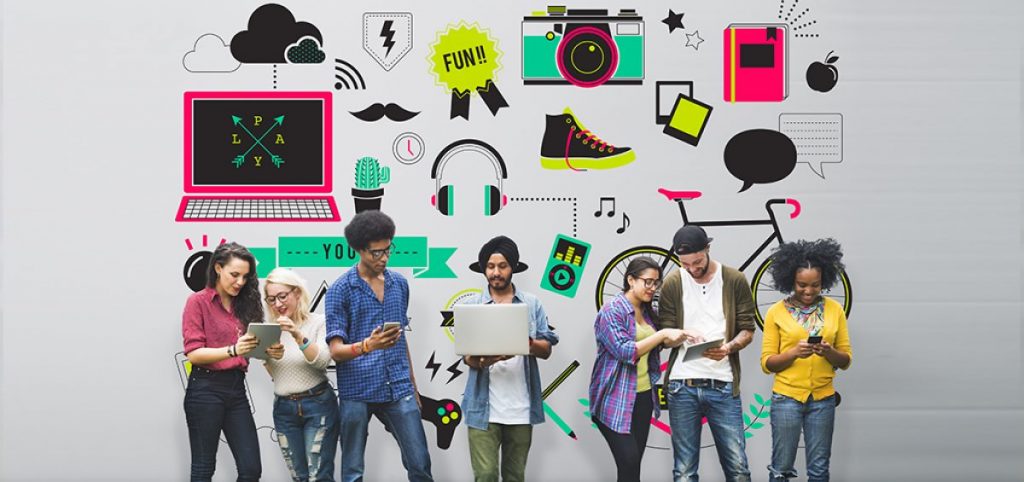Educational Technology Innovations to Face the Challenges of Health Care Students- An Analysis by Yasith Weerasuriya
3 min read
Medical education is changing under the influence of many factors. Development in the healthcare department and medical science are some of the influencing factors which are changing the medical realm. The biggest influence is played by new emerging roles of the medical practitioner and revised social prejudice. This change in healthcare education is due to an increase in worldwide awareness. Well-informed public through the internet and the aging population are important factors.
In the present scenario, challenges in the preparation of medical practitioners involve focus. To improvise learning outcomes and skill educational technology advancements ease the process.
Educational Technological Innovations as per Yasith Weerasuriya
A study conducted by Yasith Weerasuriya says that educational advancements assist skill acquisition. It improves optimal decision-making and enhances rational alterations. It develops skill coordination and provides learning which doesn’t risk a patient’s life.
Various Educational Advancements of Technology are-
- A Secure, controlled condition that removes risk to patients
- Virtual Reality
- Authentic contexts for training and analysis
- Record of learner conduct and outcomes
- Instruction personalized to individual or class needs
- Student control of the learning experience
- Repetition and purposeful practice
- Enhance rational alterations and develop skill coordination
- Regularization of instruction and evaluation.
Educational experiences deliverance transforms through immersive advancements. These include-
- Augmented Reality (AR)
- Virtual Reality (VR)
Augmented Reality
It is a technology that changes digital data information to actual-world environment information. AR offers a modern approach to medical treatment and education. It helps in surgery preparations and medical treatment. It helps people to understand patients and their relative complicated medical situations.
Virtual Reality
It is the use of computer software to generate an immersive simulated atmosphere. To experience Virtual reality handlers put on HMD (Head-mounted display). This makes people see virtual characters and an environment that feels real. This makes them discover from experience as they would do in actual real life.
Benefits of educational advancements
Virtual Reality offers obvious benefits for medical students, teachers, and the health department.
These educational advancements are no cure-all. Instead, these are instruments used to achieve an outlined set of medical outcomes.
For example, Virtual Reality is not suited for every practicable educational opportunity. In procedural skill teaching lessons like abdominal palpation, this method is not required. A precise dimensional physical representation is more than enough. A person best screens the language computation and facial gestures.
Educational hindrances aside, there are challenges with any new technology. It is hard for medical faculties to make students see virtual reality as an educational tool and not a game. Even so, many companies provide trial periods to teachers. This is to make teachers more comfortable with technology and VR more widespread.
These educational advancements are altering the basics of health education. The technology in health education should help to assist learning. It should not be a substitute for direct learning.
A report by Yasith Weerasuriya says that teachers should concentrate on the principles and standards of teaching. These technology innovations are instruments under the umbrella of educational learning. It is not the whole education system.




